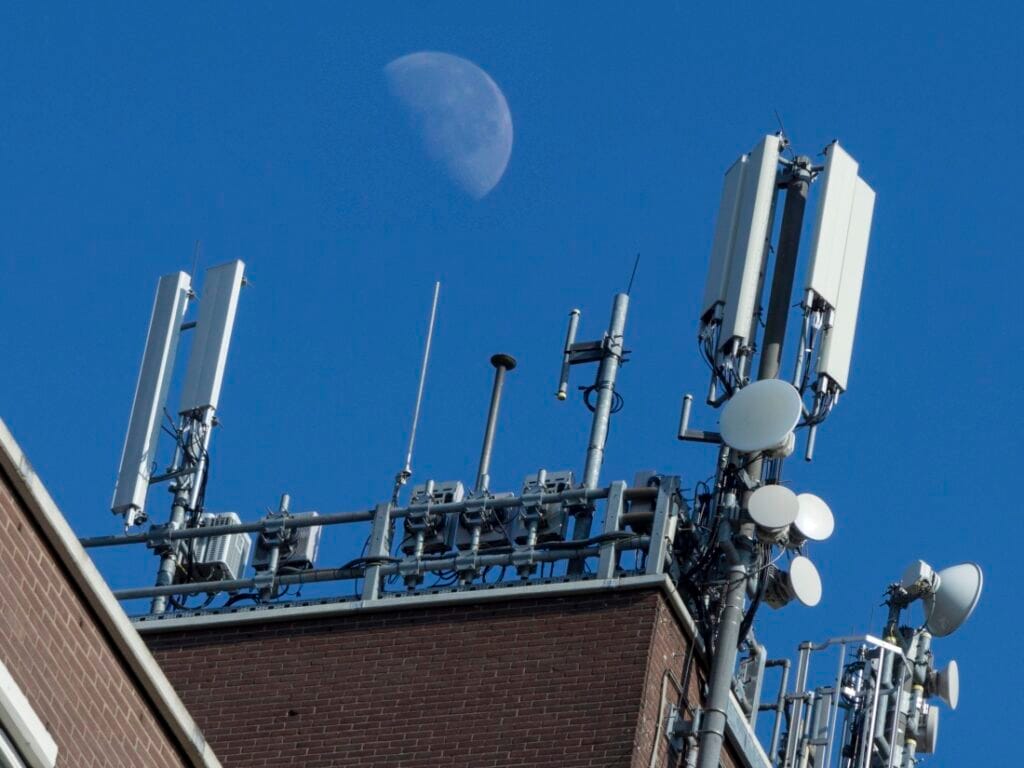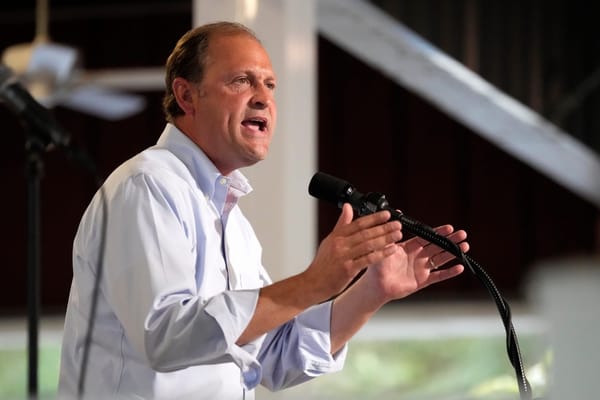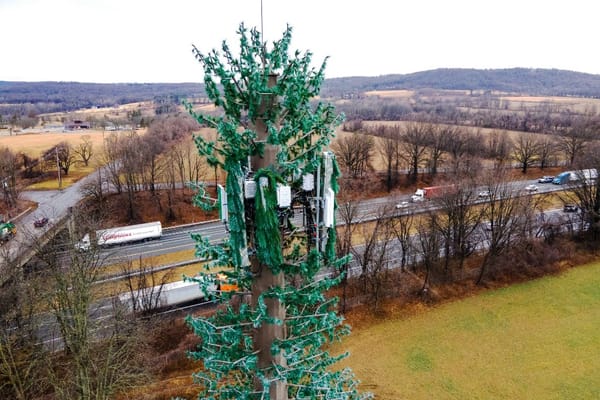Wireless Internet Service Providers Pitch Fixed Wireless Technology in Forthcoming Infrastructure Bill
Wireline technologies such as fiber and cable are usually deployed where populations are greater, but areas with less density can best be served with fixed wireless networks for far less money, say WISPA officials.
Andrew Feinberg

‘An all-fiber diet isn’t healthy,’ says a board member of Wireless Internet Service Provider Association
WASHINGTON, October 3, 2017 — Fixed wireless broadband could become a lynchpin in the digital infrastructure portions of any forthcoming Trump Administration infrastructure bill if policymakers are properly educated about its benefits, Wireless Internet Service Provider Association board member Jeff Kohler and Carmel Group consultant Jimmy Schaeffler told BroadbandBreakfast.com during an interview Thursday.
“One of the best ways to get people moving in this area is tell them the story,” Schaeffler said. “This industry has suffered from a dearth of storytelling, no one has been able to say how economically viable [fixed broadband] is.”
The interview focused on a report commissioned by WISPA which shows that fixed wireless broadband is the best solution for expanding broadband access to unserved and underserved rural areas.
“The economics of fixed wireless networks are very advantageous as compared to anything wireline. We can build networks for roughly 1/5 to 1/10 the cost of laying cable or fiber, so it makes sense for rural America,” Kohler said.
Ares with less density can benefit from fixed wireless networks
Kohler noted that while wireline technologies such as fiber and cable are usually deployed where populations are greater, areas with less density can best be served with fixed wireless networks that can be built for far less money, and that the lawmakers who direct funding towards built-out projects are getting the message.
“I think the policymakers are coming around,” he said, but noted that regulatory environments need to create a “level playing field” with a technology agnostic rule set, such as the one being drafted for the Connect America Fund 2 auction that is coming up.
But Kohler also cautioned that new fixed wireless infrastructure needs backhaul capacity, which often is required to be purchased from companies that built their networks using federal funds, particularly funding from the 2009 American Reinvestment and Recovery Act, and that companies offering such backhaul capacity need to do so at non-discriminatory rates.
Wireless industry has experienced difficulties with some municipalities
Other problems have arisen from cities wanting to create municipal broadband networks and using their own fiber to keep out fixed wireless providers.
“A lot of people in our industry have had experience with municipalities who want to be in the broadband business themselves,” he said. “That leaves a lot of people unserved when they don’t allow us some sort of access to their middle mile which was paid for by taxpayer money.”
Still, Kohler was optimistic that if the regulatory environment can be set at a default of technological neutrality, the “business case” for fixed wireless as a solution to underside areas will make itself despite the natural tendency for politicians to assume that “broadband” means wireline.
“There’s a tendency for a fiber first mentality, and an all-fiber diet isn’t healthy,” he said.
(Photo by Pixnio used with permission.)











Member discussion